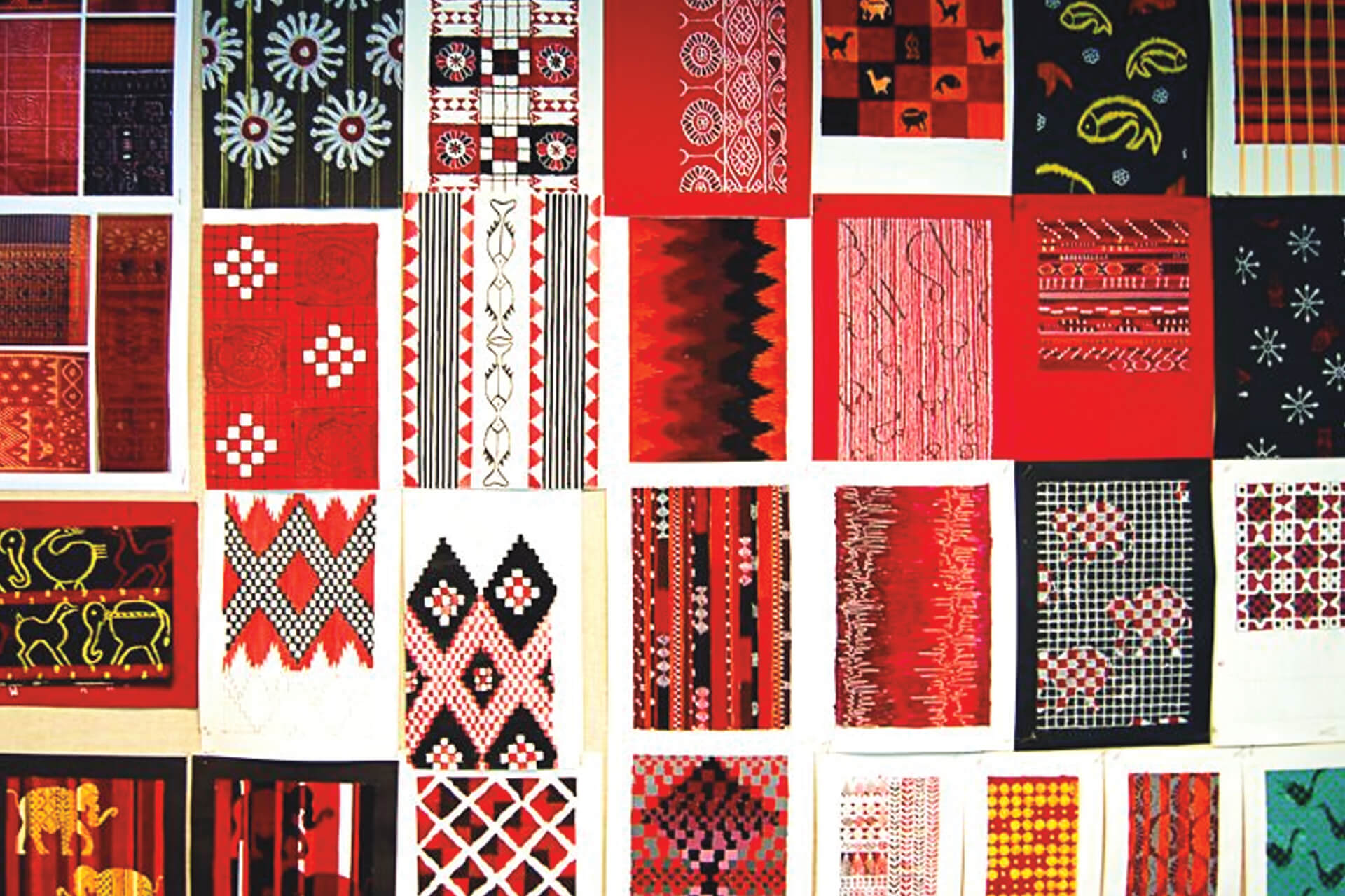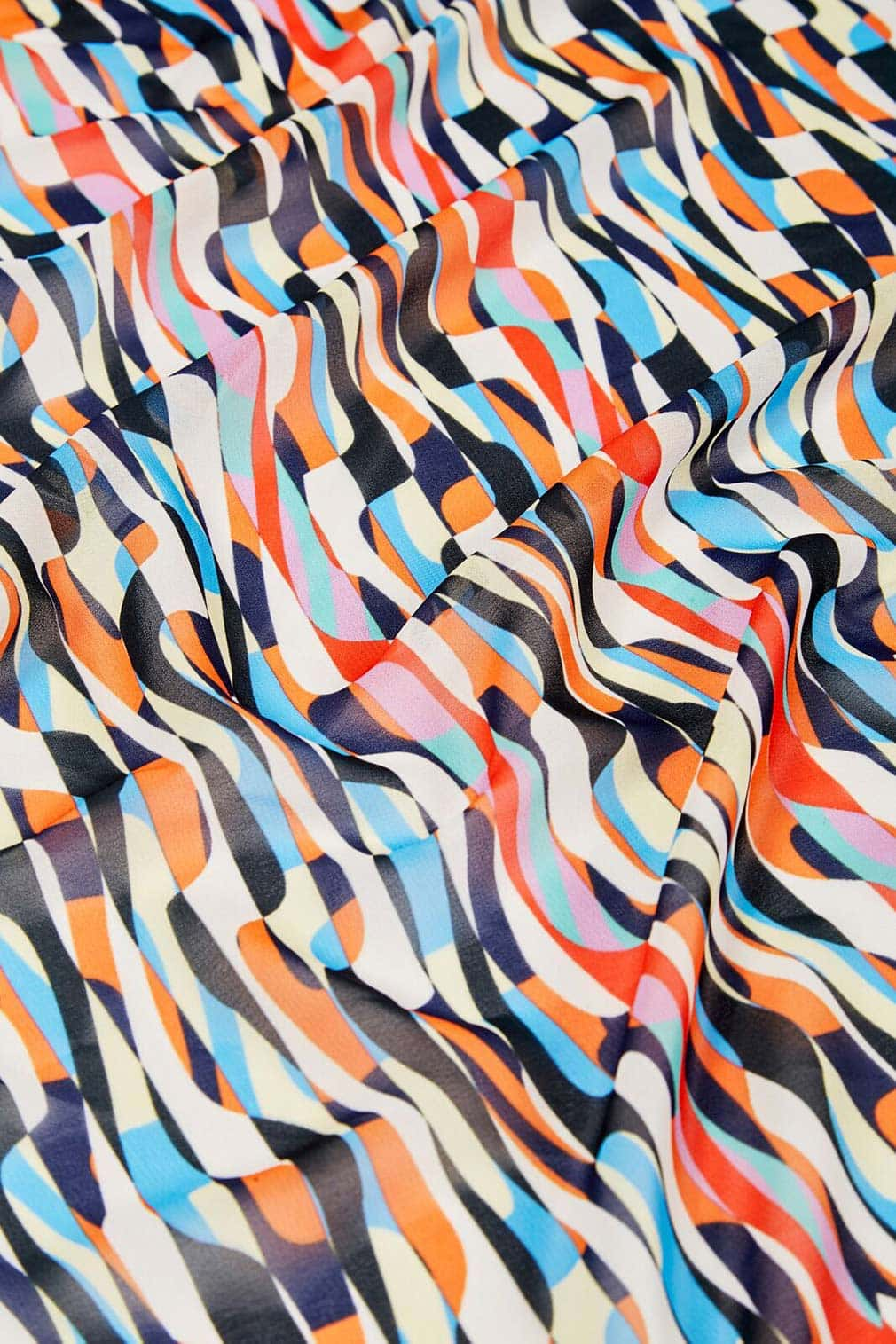Table Of Content

The lotus, marigold, jasmine, and rose are some of the common floral motifs used in traditional Indian textile design. They add a touch of elegance and freshness to the textile, be it on a block-printed cotton kurta or a finely woven Banarasi saree. Originating from the time of the Mughals, paisley is believed to symbolize the tree of life or a growing shoot of a palm tree.
For this Los Angeles textile artist, design is personal - Business of Home
For this Los Angeles textile artist, design is personal.
Posted: Thu, 08 Jun 2023 07:00:00 GMT [source]
Modern Weaving Techniques
These fibers are sourced from plants like cotton, hemp, and bamboo, which are grown without the use of harmful chemicals or pesticides. Organic fibers not only have a lower impact on the environment, but they also tend to be more comfortable and breathable. The intercontinental exchange of fabrics not only influenced the development of textiles but also fostered cultural connections and understanding among different civilizations. Trade routes have been instrumental in shaping the evolution of textiles, connecting people and cultures, and propelling the industry forward. For more information on the whole production process, check out our Guide To Working With Clothing Manufacturers to help you get your ideas off the ground.
Shopping Malls Get a Sustainable Makeover: Where Shopping Meets Eco-Conscious Design

Most kimonos are made using this technique which can quickly produce these kimonos that appear to be painted freehand with dyes. Exquisite fans, coin purses, and many other items are also made using this technique. African Wax Prints, also called “Ankara”, are common materials for clothing in West and Central Africa. These Dutch creations were inspired by the Indonesian Batik design and introduced to the Africans during the 19th Century. Now, they have begun to adapt their designs and colours that suit the tastes of the Africans. Eco-friendly fabrics have been trending lately due to increasing awareness of climate change and other environmental concerns.
Summary of Textile Art
Fabric remnants and cherished family heirlooms are commonplace in quilting projects. The Hmong, who emigrated to the United States from Eastern and Southeast Asia, have a long-standing custom of making story quilts or clothes depicting their journey to the New World. In contrast, netting and basketry from Neolithic cultures are some of the earliest instances of textiles ever uncovered. Silk, wool, cotton, and flax fibre textiles all rose in value as European countries established trade networks. Early, weaving was practised by many different cultures, including Egyptians, Chinese, Africans, and Peruvians. Technological advancements in weaving and spinning, such as the automation revolution and the industrial revolution, had a significant impact on the textile industry.
The Future of Textile Designing:
From the traditional methods of dyeing with natural dyes to the modern advancements in digital printing, the textile industry has come a long way in creating vibrant and intricate designs. Throughout history, fashion has been a driving force behind the development of new textile techniques and materials. From the intricate tapestries of the Renaissance to the bold prints of the 1960s, fashion has pushed the boundaries of textile design. French manufacture of woven silks began in 1480, and in 1520 Francis I brought Italian and Flemish weavers to Fontainebleau to produce tapestry under the direction of the king’s weaver. Others were brought to weave silk in Lyon, eventually the centre of European silk manufacture.
Do you notice the texture of a shag carpet or the elevated look of a luxury car’s upholstered seats and contrast stitching? Do you own a backpack that you’ve taken on a thousand hikes that still hasn’t ripped? 3D Multi-color printed Kimono inspired by traditional IKAT weaving, printed directly onto fabric with combination of embroidery within the printed process.
It has also evolved from the ever-changing needs of humans, from the practical use of textile designs during the prehistoric era to the use of textiles today as an art and fashion. Textile design has become an essential part of the manufacturing process and a necessity for men. To create their own identity, brands must now have their unique print or surface pattern. Embroidery is often done by hand, with the artist using a needle and thread to create intricate designs and patterns on fabric. Embroidery, like printed textile design, gives designers a lot of freedom to express themselves creatively and aesthetically.
Building Connections: The Integral Role of Architecture in Human Existence and Community
Textile design is a significant section of the textile manufacturing procedure. Usually, it is used to spotlight a band, one needs to look over the textile design of that particular band’s clothes. Textile art is less frequently used to convey power and status in modern and contemporary art, but it can still carry influential messages about hierarchies and politics. Los Angeles-based artist Tanya Aguiñiga, sees using textiles in her art as "acts of defiance, resistance and cultural survival". Aguiñiga was raised in Mexico, and now collaborates with other artists and activists to create installations that address political and human rights issues around the US-Mexico border. The utility of textile art is further removed by placing works in museums.

Nieuwe Instituut's New Store 2.0 turns free haircuts into textiles in Milan
Join us as we unravel the rich history of fabric and its enduring transformations. This is often most favoured by fashion brands, as it gives you ownership over the final design work. Not only do you have to factor in the charges for the design work, but also the rights that transfer to you. Exclusive use gives you ultimate control over what happens to the work after it is signed over. However, by investing in design work specially tailored to your brand, it will set you aside from the thousands of mainstream designs in the consumer market. In terms of materials, you need a black marker and paper, a print block, a carving tool, a utility knife, stamp pads, watercolor paper, and wet wipes.
Nevertheless, it will be easier for you tounderstand the techniques and principles if you’re fond of art. When learning how to design with textiles, it’s important to gain an understanding of the materials, processes, and tools available. With the right tools, you can create stunning designs with gorgeous fabrics, and discover the beauty of textile design. Textile design has a wide range of tools and techniques to help you create beautiful pieces. From digital tools and software programs to traditional mediums and fabrics, you have a wide range of options to explore and create your design.
This workshop will provide you with a hands-on approach to learning traditional hand embroidery techniques, which are an essential part of Indian textile design. Enhance your skills and appreciation for this beautiful art form by joining this engaging workshop. These are just a few of the many techniques that shape traditional Indian textile design. But the patterns and motifs they create are not just beautiful; they tell stories, carry cultural significance, and represent the rich and diverse heritage of India.
Different countries all over the world are known for their local traditional textiles. These textiles often have bright and vivid colours, and they are mostly intricately embellished fabrics that highlight designs that are unique to their own culture. CAD (Computer-Aided Design) is another invaluable tool for textile design professionals. Electronic textiles involve items of clothing with electronic devices or technology woven into the fabric, such as heaters, lights, or sensors.

No comments:
Post a Comment